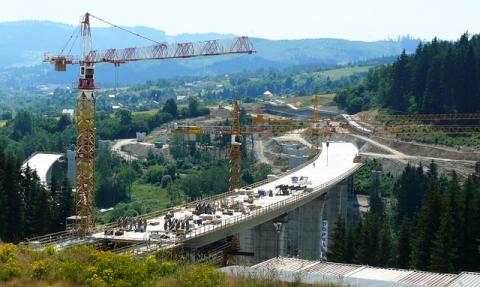
Region: Global
Country: Global / Non-Specific
Keywords: About PPP **, Knowledge Lab ***
Document Link(s):
Document(s):
Document Summary:
The Policy Research Working Paper Series disseminates the findings of work in progress to encourage the exchange of ideas about development issues. An objective of the series is to get the findings out quickly, even if the presentations are less than fully polished. The papers carry the names of the authors and should be cited accordingly. The findings, interpretations, and conclusions expressed in this paper are entirely those of the authors. They do not necessarily represent the views of the International Bank for Reconstruction and Development/World Bank and its affiliated organizations, or those of the Executive Directors of the World Bank or the governments they represent.
Document Details:
This paper provides perspectives on patterns of public-private partnerships in infrastructure across time and space. Public-private partnerships are a new term for old concepts. Much infrastructure started under private auspices. Then many governments nationalized the ventures. Governments often push infrastructure providers to keep prices low. In emerging markets, the price of water covers maybe 30 percent of costs on average, that of electricity some 80 percent of costs. This renders public infrastructure ventures dependent on subsidies. When governments run into fiscal troubles, they often look again for public-private partnerships, and price increases. As a result, public-private partnerships keep making a comeback in most countries, but are not always loved. Waves of interest in public-private partnerships sweep different countries at different times. Overall, in emerging markets today, public-private partnerships account for some 20 percent of infrastructure investments, with wide variations across countries and from year to year. There is no “killer” rationale for public-private partnerships. They can help raise financing when governments face borrowing constraints. They can be more efficient when sound incentives are applied. Existing evaluations suggest public-private partnerships tend to perform often a bit better than public provision. Yet, well-run governments can do as well. Public-private partnerships provide mechanisms to improve the governance of infrastructure ventures where governments are flawed. Once the fiscal troubles are over, the politics of pricing assert themselves again. Tight pricing erodes the profitability of public-private partnerships and the wheel of privatization and nationalization keeps turning, as it has since modern infrastructure services were invented.
Updated: April 7, 2022